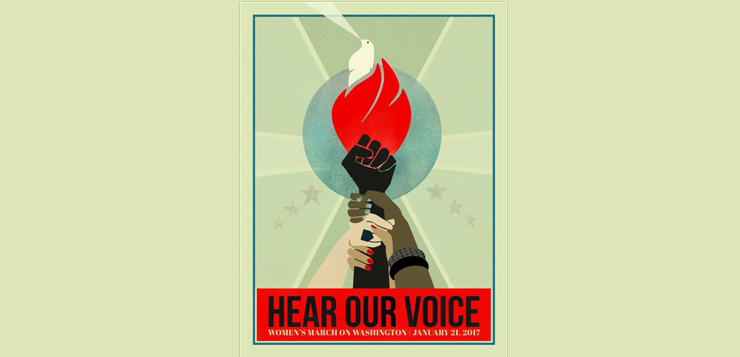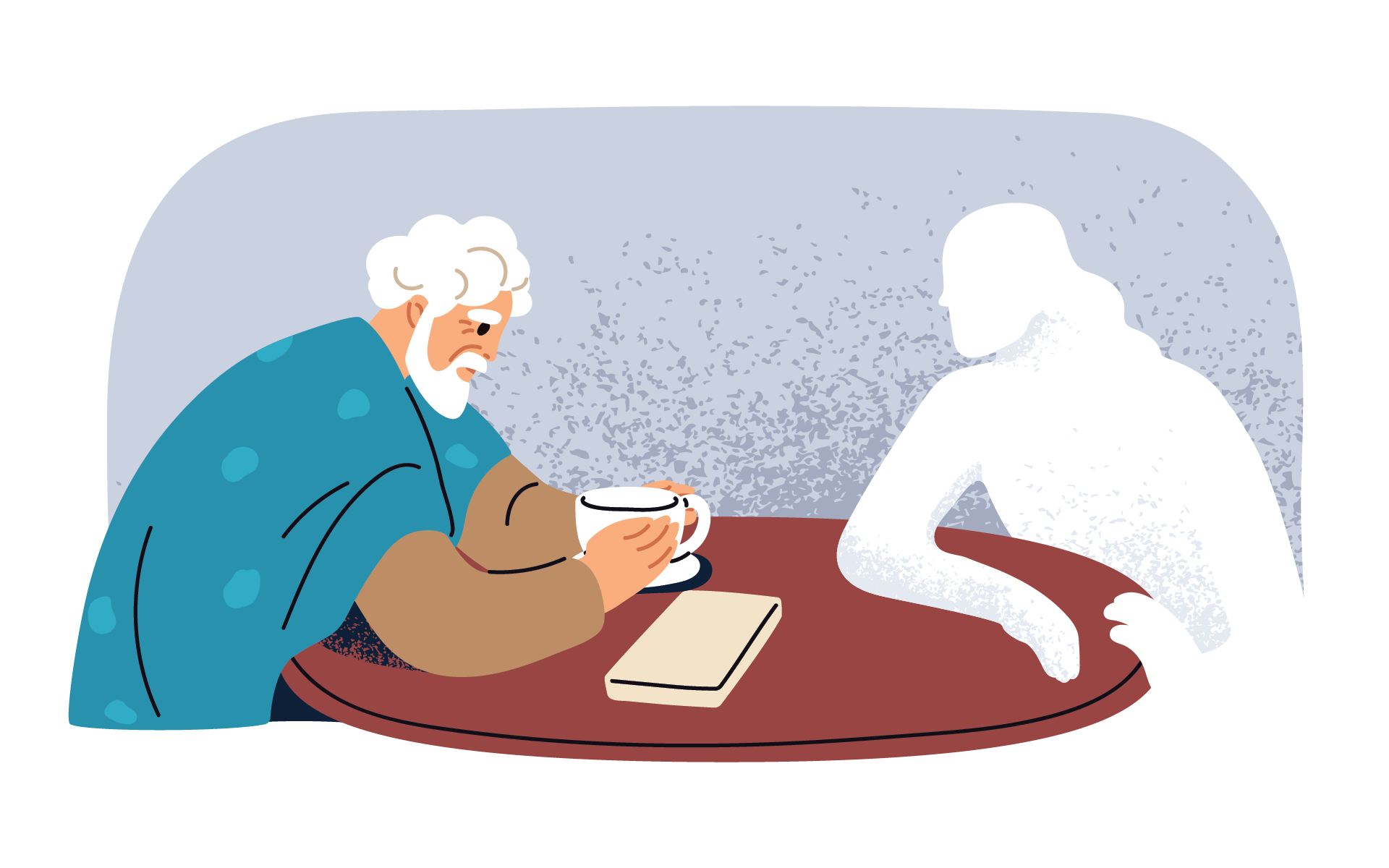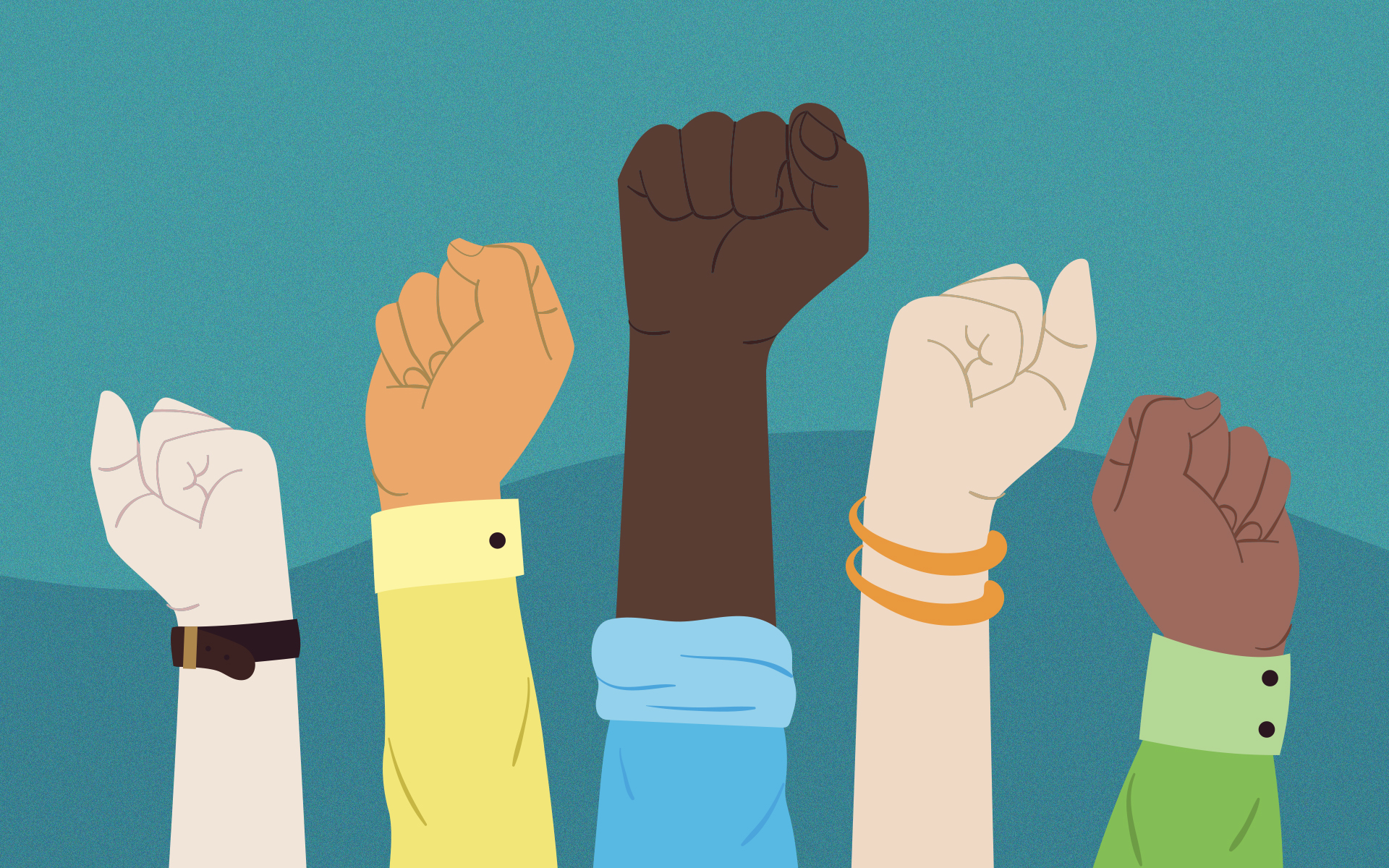Women are about to connect with each other on a massive scale at women’s marches across the globe. It will be an epic mingling of ideas and subcultures, addressing everything from family health and security, power and gender, worker’s rights and civil rights, environmental justice, personal freedom, and more. Hopefully marchers, and those supporting them, will come away from this moment with a greater understanding of their own work in the world, and a deeper sense of how all of the different concerns of women across the world intersect with each other.
“In order to get the most out of this moment, we need to keep ourselves quiet enough, in the midst of all the activity, so that we can hear and feel and respond to what arises within us,” says mindfulness teacher and long-time activist Mirabai Bush, senior fellow at the Center for Contemplative Mind and Society, and co-author of the book Compassion in Action. We asked Mirabai to help us compile a toolkit of go-to mindfulness tactics to help people stay grounded in the moment as they navigate this historic expression of peaceful resistance.
The Mindful Activist’s Toolkit:
Here are eight mindfulness tools to march with when you join the masses to honor our democracy at the Women’s March.
1) Frustrated with delays and crowds: Return to the breath
While some people love crowds and love like feeling like they are part of a mass of humanity, gathering with hundreds of thousands of passionate protesters is an intense experience. The best thing to do throughout the march is to remember the basic practice of mindfulness is simply breathing. “Taking a deep breath in—not a deep panicky breath in, but a slow, deep breath in— and then breathing out can help you bring calm to any moment,” says Mirabai. You can also use a phrase as you breathe, something like: Breathing in, I know I am breathing. Breathing out, I smile. This simple breath practice can help calm fears and anxieties.
2) Impatience with people: Return to your motivation
Reminding yourself of why you are marching can help bring you back into your body and your intention. “If you become frustrated with people along the way, get back in touch with your motivation for going to the march,” says Mirabai. “Staying in touch with your motivation can help you let go of things more easily, it can allow compassion to arise for people who are clearly speaking out of suffering.” Remember that you’re here for the full experience and part of this experience is meeting all kinds of people.
3) Hearing or seeing things you don’t agree with: Loving-kindness meditation
Throughout the march it is helpful to use the loving-kindness meditation: May all these beings, and may all these women, and all women everywhere, be happy. “That’s really what this is about,” says Mirabai. “May women be healthy and may we be strong, may we be free, free from oppression… and may we have health insurance!”
4) Feeling overwhelmed: Walking meditation
The best things will happen when, in as much as you can, you bring yourself into the present moment in a loving way. “I encourage marchers to use some form of walking meditation,” says Mirabai. Bring your awareness to the sensations in your body, your feet, your legs, as they touch the ground as you walk. Appreciate that you are fortunate to be where you are. Open your awareness to your surroundings. What do you hear? See? Feel?
5) Caught up judging others: Mindful listening
You can become more aware of whatever prejudgments you’ve brought with you by practicing mindful listening. “In order to hear, really hear what’s being said around you, listen mindfully,” says Mirabai. To do this, listen not just for what’s being said, but for what’s going on inside you, what your reactions feel like. Try to notice when you become defensive or closed off. These moments are powerful opportunities to connect with others in new ways.
Try to notice when you become defensive or closed off. These moments are powerful opportunities to connect with others in new ways.
6) Struck with fear of danger: Acknowledge, respect, and try this “Letting Go” practice
The first thing to do with fear is to make it as conscious as possible, says Mirabai, so it’s not sitting there just under the conscious level where it can do more damage. “You can’t work with fear if you don’t bring it to the surface, so talk to your friends about what you’re feeling and bring it out in the open,” says Mirabai. Pay attention to what it is that you need, practice self-compassion. “If there are parts of the march you don’t want to be part of, whatever it is that you identify as feeling dangerous, respect your fear and be smart about it,” she says. If you feel fear arising, try this exercise: Take a deep breath and then tighten up your fist, one or both, as tight as you can. Then breathe out and slowly open your hand, letting everything go until your whole body feels completely relaxed. Take a few deep breaths. If the fear arises again, then tighten up and let go again. “We used to do this practice at Google an it’s amazing how powerful it is,” says Mirabai.
7) Feeling disconnected: Gratitude
Plan ahead for this one and bring some kind of snacks or stickers to give away to people. “The act of generosity makes you feel more a part of what’s happening, it makes you happy, and makes you feel like you are taking action in a small way while you’re there,” says Mirabai.
8) When you get home: Mindful journaling
Soon after you get home, the most important thing is to sit quietly and see what arises out of your experience. “What was really important to you? Not what the march thought was important, what was important to you? And it might have been just one moment or one thing one person said. Let that rise to the surface and then journal about it. “ says Mirabai. Try mindful freewriting: Sit for 10 minutes and write, without editing, without picking up the pen from the paper, just write what you experienced. “And not just what you experienced,” says Mirabia, “because it would be too easy to stay with the external, but what really resonated for you. This is as an opportunity for all of us to become clear about our own deepest values and motivations. What is it that we really know to be true and value? And what are the implications of that for our actions as we go forward?”
Be safe. March in peace.
Read more
A Meditation in Honor of The Women’s March
A grounding meditation for those taking part in the Women’s March or any of the many marches taking place across the country.
Read More
Mindful Education for Anti-Racist Allies
Sharing his own lived experience along with compassion, Emmanuel Acho helps us learn about important issues to have more constructive conversations about race—and ultimately lead to change.
Read More
4 Lessons on Anti-Racism from Brené Brown and Ibram X. Kendi
Brené Brown and professor Ibram X. Kendi explore how the root of racism is self-interest and offer insights on how to be an anti-racist.
Read More










